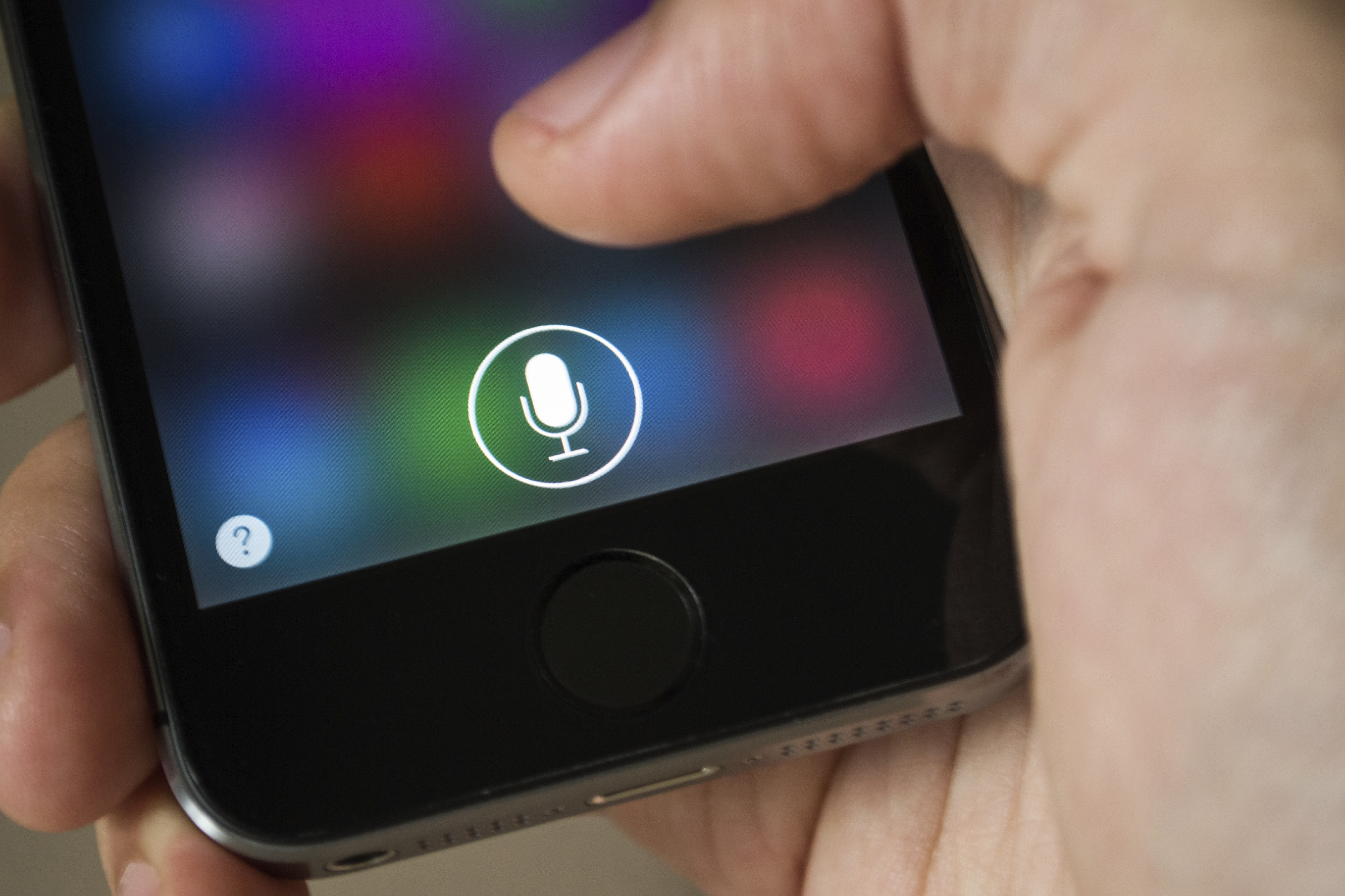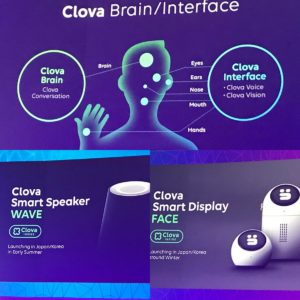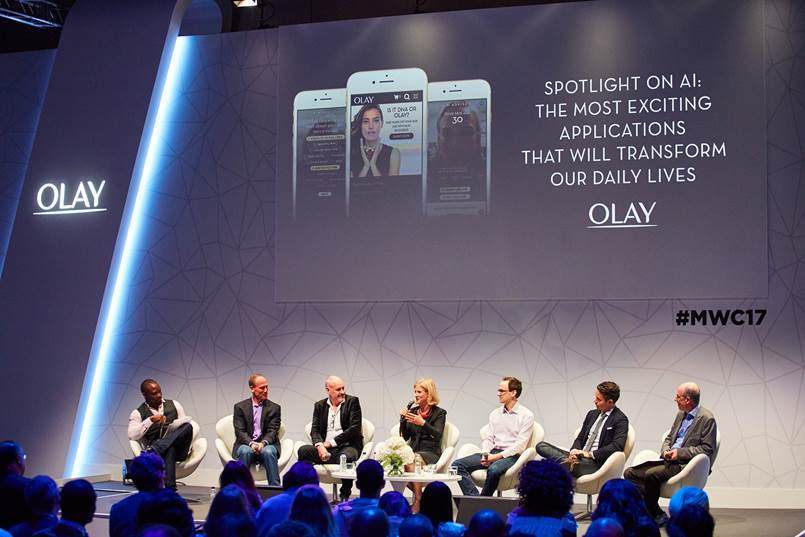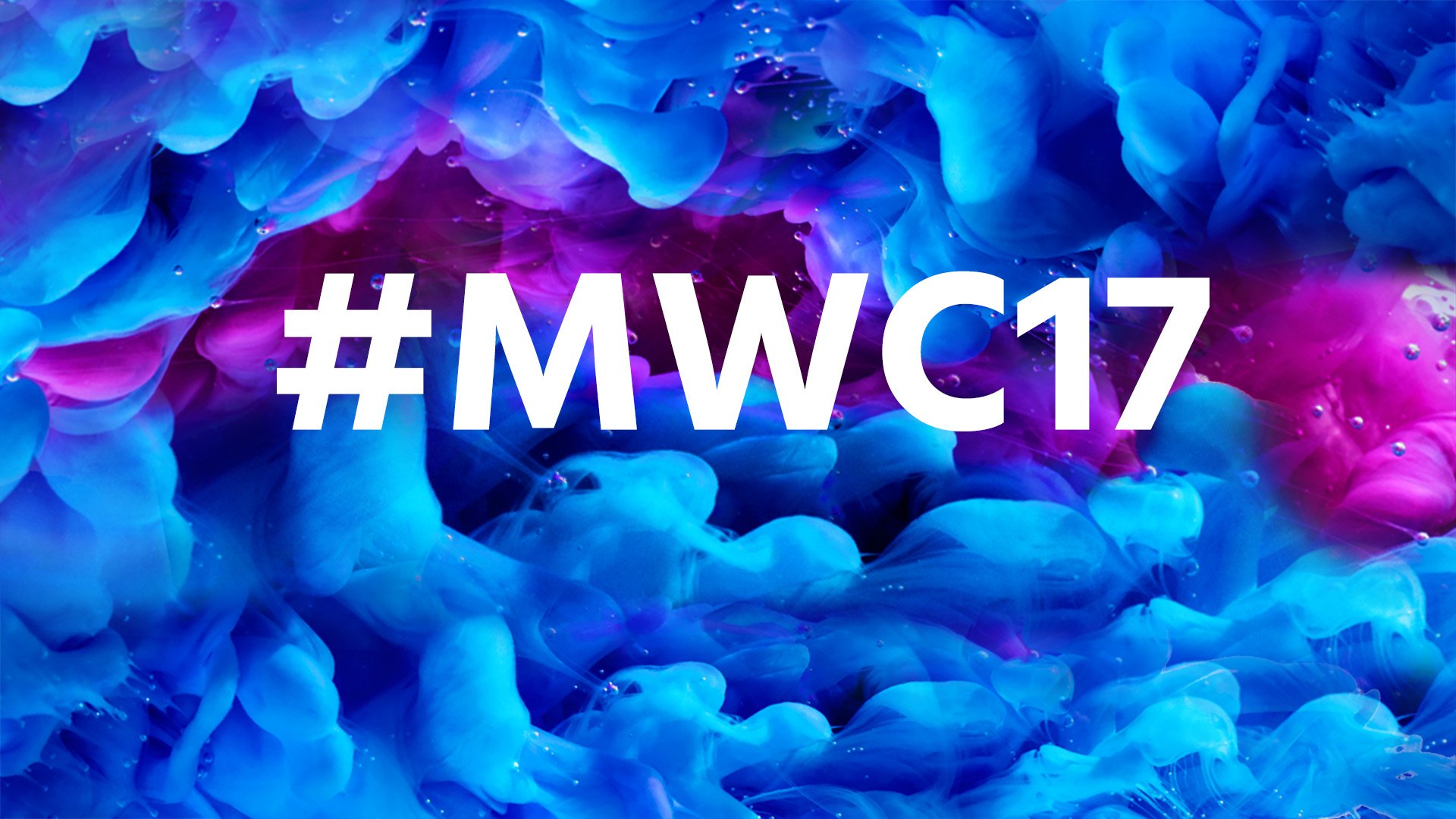What Happened
Apple upgraded Siri with some noteworthy new features in its latest iOS update, making it more competitive with rival digital assistants such as Amazon’s Alexa and Google Assistant that are quickly gaining grounds thanks to their comprehensive features and growing popularity of smart speakers. With Apple’s full rollout of its iOS 10.3 update on Tuesday, Siri now supports a wider range of app actions, including paying and checking bills via payment apps, booking rides from ride-hailing apps, checking car fuel, turning on connected lights, and several features for controlling connected devices.
What Brands Need To Do
We are merely at the beginning of a long battle where major tech companies race against each other to push their own digital assistant service as the default choice for customers so as to secure the user base, which will become particularly crucial once we move past the mobile era and enter the IoT era where most of our digital interactions happen on screenless connected devices that rely on voice-based conversational interfaces.
For brands, the new developments in voice-based assistants herald an impending sea change in customer-brand interactions, which brands will have to start preparing for today by figuring out a conversational strategy and find a way to integrate their brands into conversational platforms. For example, last week, Marriott reportedly started testing both Siri and Alexa to figure out which digital assistant is more competent to control the smart devices in its hotel rooms. Whichever one of two the hotel chain eventually decides on, the real winner will be the Marriott customers that get enjoy a modernized hotel experience.
How We Can Help
The Lab has extensive experience in building Alexa Skills and chatbots to reach consumers on conversational interfaces. So much so that we’ve built a dedicated conversational practice called Dialogue. The “Miller Time” Alexa Skill we developed with Drizly for Miller Lite is a good example of how Dialogue can help brands build a conversational customer experience, supercharged by our stack of technology partners with best-in-class solutions and an insights engine that extracts business intelligence from conversational data.
If you’d like to learn more about how to effectively reach consumers on conversational interfaces, or to leverage the Lab’s expertise to take on related client opportunities within the IPG Mediabrands, please contact our Client Services Director Samantha Holland ([email protected]) to schedule a visit to the Lab.
Source: GeoMarketing











